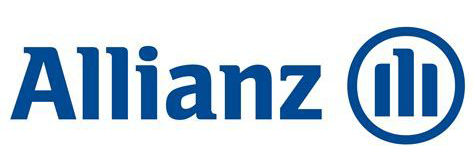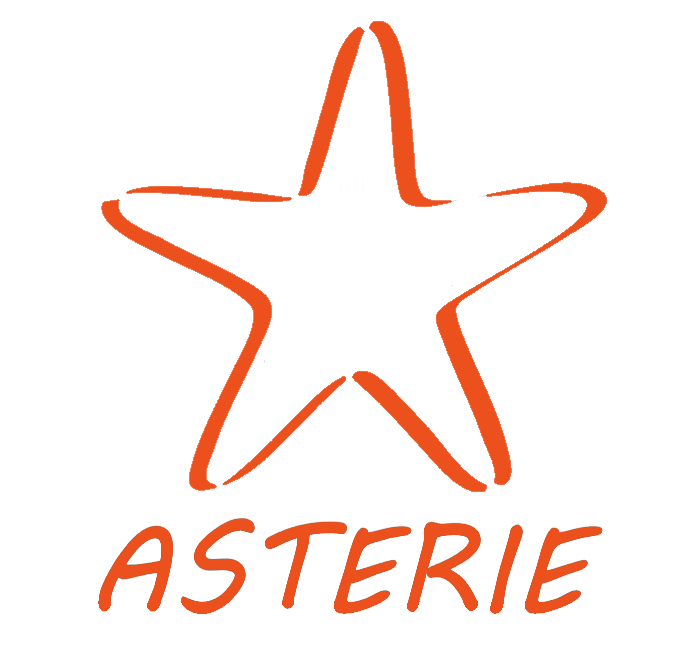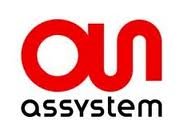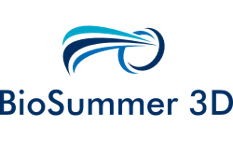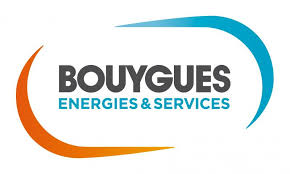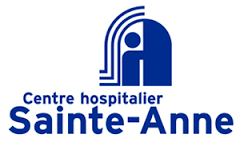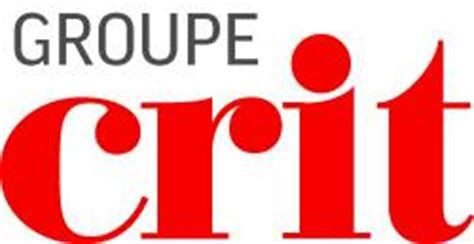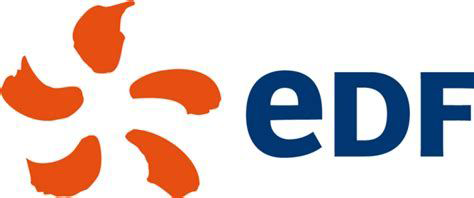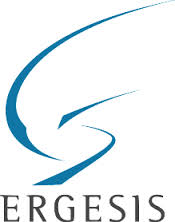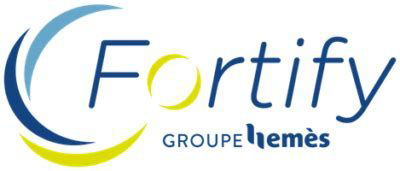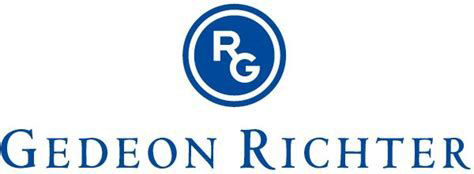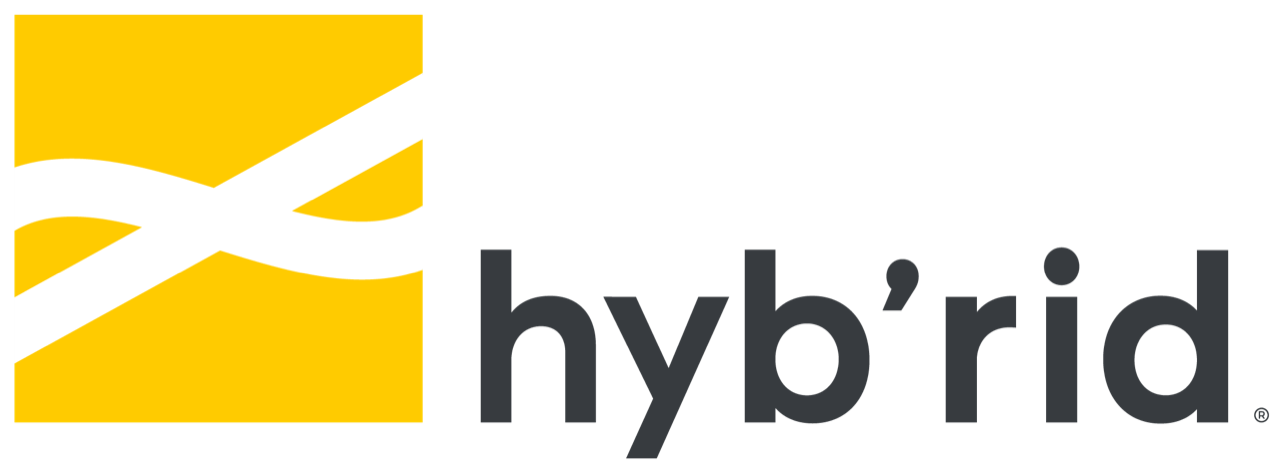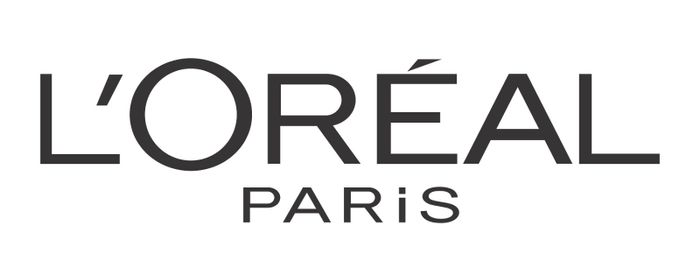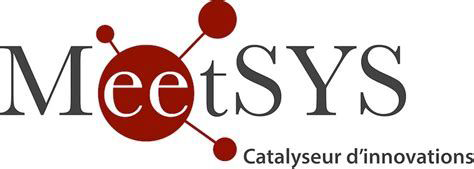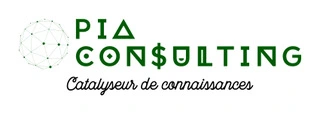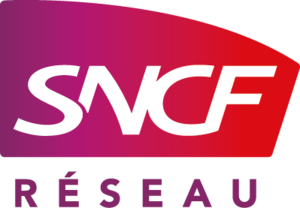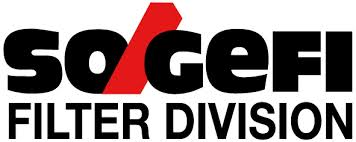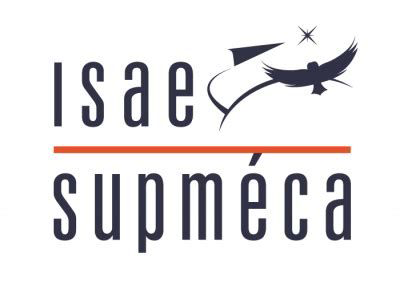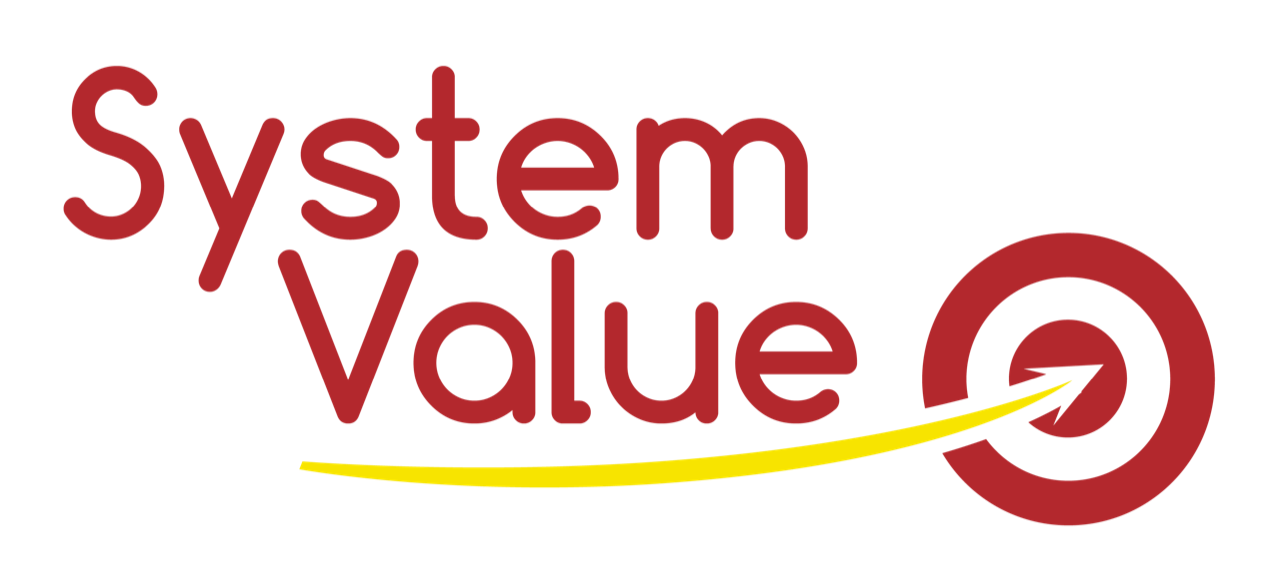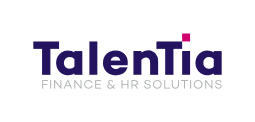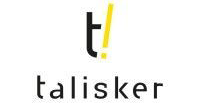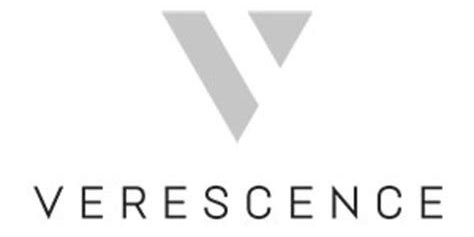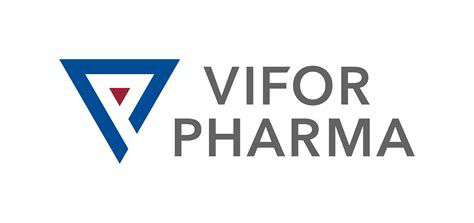A Unique Approach
The behavioral intelligence indicators developed by MPF are forward-looking KPIs—true HR management levers designed to assess, guide, and support both individual and collective growth, with realistic objectives and measurable outcomes.
Derived from neuroscience, behavioral sciences, and artificial intelligence, these indicators offer a dynamic and evolving understanding of behavior.
Where traditional psychometric tests classify individuals into fixed categories, these indicators reveal each employee's capacity for change, actively contributing to collective performance.
By shedding light on paths for adaptation and development, our unique approach to behavioral intelligence allows organizations to project behaviors into action, anticipate decision-making, and enhance team performance.
Behavioral Intelligence
A predictive and preventive tool applied to 10 key HR challenges:

Burnout Prevention: What are the main operational benefits?
To anticipate burnout, precise and personalized diagnostics help detect stress factors unique to each employee and identify at-risk profiles based on their behaviors and work environment.
Customized recommendations for both employees and managers allow for tailored preventive actions.
Companies can act before burnout becomes critical by adjusting workloads, management expectations, and HR policies to protect mental well-being and sustain engagement.
This proactive approach boosts overall performance by reducing turnover and absenteeism and improving workplace quality of life and therefore productivity.
See MPF's solution
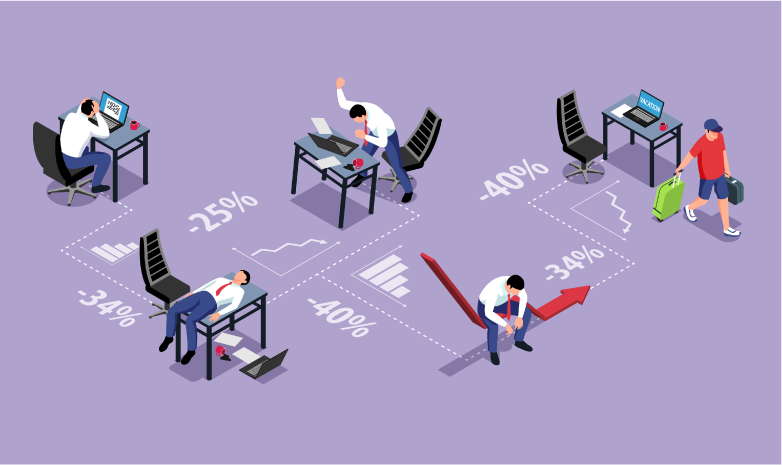
Manager Impact on Teams: What are the benefits for the organization?
A manager's impact reflects their ability to harness individual behavioral strengths to create positive team dynamics.
An effective manager builds cohesion, optimize complementary skills, and anticipates conflict.
By shaping employee engagement and group momentum, they create a sustainable, inclusive environment.
This leadership style drives alignment toward shared goals and helps identify which management styles best enhance team resilience and performance.
See MPF's solution

Project Team Interactions: When should team cohesion outweigh friction risks management?
Understanding team cohesion levels and potential frictions allows for optimal team management.
By analyzing pairwise interactions, our approach provides a nuanced view of group dynamics..
Managers can prevent tension before it impacts performance, ensuring smoother communication and greater collective efficiency.
Key decisions depend on context:
- For immediate team performance
→ prioritize cohesion. - If tensions threaten efficiency
→ manage friction first. - For innovation-driven teams
→ allow for healthy, controlled friction.
See MPF's solution

Disengagement & Resignation Risks: How can they be reduced?
By identifying preliminary behavioral warning signs and measuring loss of interest or frustration among employees, companies can prevent drops in motivation before they become critical.
The key advantage of this approach lies in the specific, dual-level recommendations—one for the individual, one for the manager—enabling a proactive and targeted response.
This empowers companies to adjust management styles, strengthen individual commitment, and improve the work environment—reducing turnover and the high cost of talent replacement.
Adopting this predictive approachpromotes a more empathetic and responsive leadership culture, where employees feel heard, valued, and aligned with their roles—driving long-term engagement and performance.
See MPF's solution

Energy Mobilization & Behavioral Efficiency: How to perform sustainably?
Employees who understand their behavioral efficiency can enhance their performanceby leveraging their natural, low-effort cognitive processes.
This reduces mental fatigue and stresswhile improving engagement and fluidity at work.
Organizations benefit from improved productivity, fewer errors, and more resilient teams.
This data can optimize recruitment, internal mobility, and training strategies to ensure each individual operates in a role where they can excel with minimal strain.
See MPF's solution

Attracting & Retaining Young Talent: How to meet this key challenge?
Assess a young talent's long-term efficiency, team compatibility, soft skills, and alignment with tasks. Behavioral indicators help:
- Predict what motivates and energizes them, what drives them, boosts and allows them to work « smart ».
- Reduce dissatisfaction , by assigning meaningful tasks aligned with personal balance.
- Optimize onboarding and team cohesion, so that each young talent really feels at home and wants to get involved.
- Improve long-term well-being and performance, by matching missions to their work style.
See MPF's solution

Suitability for the assigned missions: How to optimize the individuals/missions mix?
Strengthening alignment between employee expectations and their behavioral capabilities helps reveal talents and predict success.
This approach aligns natural behavior with assigned tasks to enhance motivation and performance.
By identifying both strengths and potential mismatches, companies can refine task allocation, management styles, and career paths—reducing frustration and maximizing productivity.
It ensures each team member evolves in a role where they can express their full potential — fueling retention and a lasting culture of success.
See MPF's solution

Performance Decline Risks: What is the mental health impact of remote work?
Understanding each employee's ideal rhythm for remote work allows companies to strike the right balance between productivity and mental well-being.
By measuring the well-being impact of remote work and mapping 14 mental health risk factors, this approach helps prevent isolation, motivation loss, and mental fatigue.
It enables customized telework policies and smarter team organization—ensuring high performance both in-office and remotely.
This is especially valuable for:
- High-cognitive or emotional workload environments
- Distributed or fully remote teams
- Managers seeking actionable tools to monitor and boost remote engagement
See MPF's solution

Operational Implementation Potential: What's the complementarity between IQ and BIQ?
Behavioral Intelligence Quotient (BIQ) helps organizations go beyond knowledge and cognitive ability by measuring how effectively employees apply their skills in real-world situations.
While IQ captures intellectual capacity, BIQ reveals how that potential translates into operational execution—offering a more practical view of individual performance.
Employees gain insight into personal improvement areas, encouraging targeted, empowering skill development.
For the company, this becomes a powerful driver of talent growth and mental well-being—enhancing both satisfaction and retention.
BIQ is a dynamic, context-sensitive tool that aligns individual behavior with the professional demands of each role.
See MPF's solution

Ranking and Mapping Soft Skills: How to better value knowledge and know-how?
By evaluating 28 soft skills, companies can build a detailed behavioral map for every employee—spotlighting both strengths and development paths.
These insights inform tailored action plans and training programs, ensuring each employee receives personalized support to unlock their full potential.
Beyond individual benefits, this soft skills strategy improves collective performance, boosts retention, and strengthens employer brand.
In today's evolving workplace, softskills are more than personal assets—they shape company culture, resilience, and long-term success.
See MPF's solution





